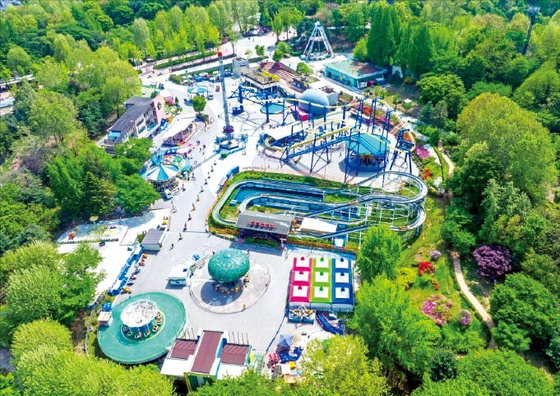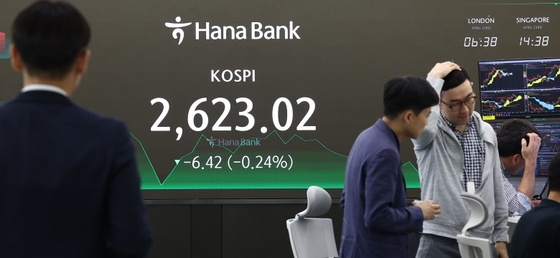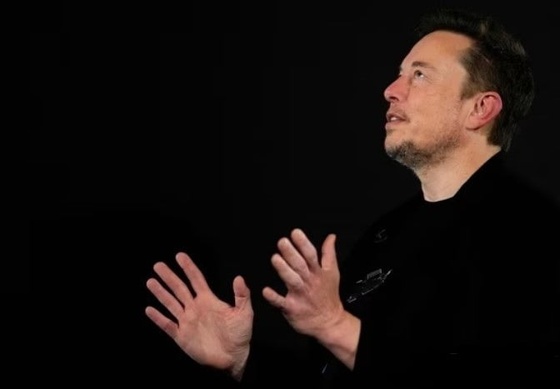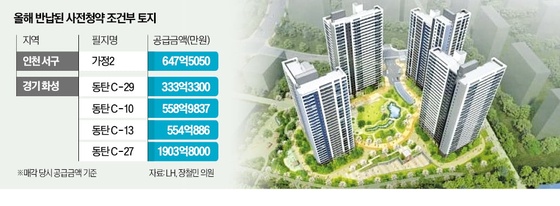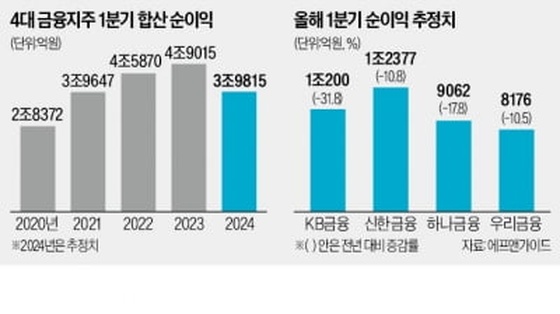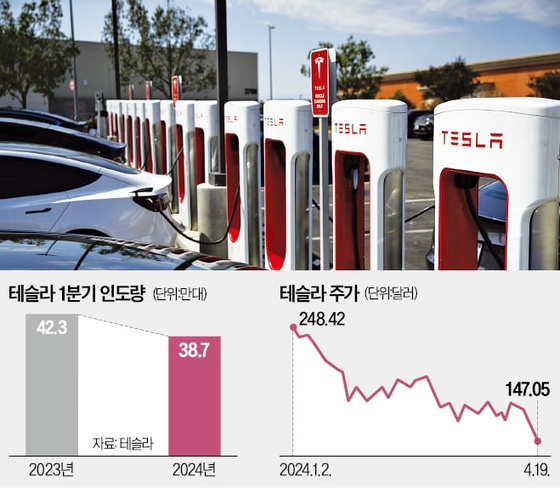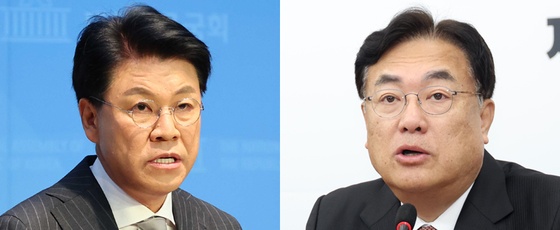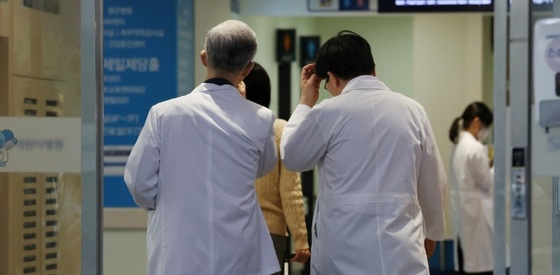입력2006.04.01 23:26
수정2006.04.01 23:28
[ Why this recovery will be different ]
For forecasters,the differences in business cycles are always more illuminating than the similarities.
That's especially true right now, as the economy shows nascent signs of turning around.
In past downturns,sectors toppled like dominoes.
First, housing collapsed, then consumers stopped spending.
Later on, companies cut capital spending.
And inflation fears made the Federal Reserve a bit tardy in cutting interest rates.
This time,however, the weakness hit at roughly the same time, the result of sharply diminished expectations among both investors and companies.
The loss of double-digit stock gains slowed consumer spending from its boom times of the late 1990s, leading to excess inventories and cutbacks in factory output.
At the same time, corporations, overloaded with tech gear bought during the boom, slashed capital spending as a means to lift earnings.
Now, with no recovery in profits, companies are quickly laying off workers.
Fortunately, with no inflation to worry about, the Fed has been equally quick to cut rates, so consumer spending and housing have not been hit so hard as to sink the economy.
The upshot: If last year saw a new type of slowdown, then this second-half recovery may not resemble any of its predecessors.
For one thing, housing and autos won't provide their typical lift because they didn't go bust.
More importantly, the risks to this recovery will be concentrated in the business sector.Household America may be the linchpin to overall growth, but Corporate America and the stock market will constitute the greatest uncertainty.
In particular, if expectations about second-half revenues and future profits don't match reality,then businesses will be under pressure to keep cutting costs.
---------------------------------------------------------------
[ 왜 이번 회복세는 다를까 ]
경기 예측가들에게는 경기 사이클상의 비슷한 점보다는 다른 점들이 훨씬 더 분명하게 눈에 잘 들어온다.
경기가 막 회복되려는 조짐이 나타나고 있는 지금같은 때는 특히 그렇다.
과거 경기 하강시에는 각 산업 분야들이 잇따라 넘어졌다.
먼저 주택시장이 붕괴되고 그 다음에는 소비자들이 소비를 멈췄다.
그 후에는 기업들이 자본 지출을 삭감했다.
그리고 연방준비제도이사회는 인플레이션 우려로 금리인하에 다소 머뭇머뭇했다.
그러나 이번에는 각 산업의 경기약세가 동시에 일어났다.
투자자와 기업들의 기대가 급속히 약화된 결과였다.
두자리 숫자의 주가상승률이 사라지자 소비자들은 1990년대말의 호황기에 비해 지출을 줄였다.
그에 따라 과잉재고가 발생하고 공장의 생산은 축소되고 있다.
동시에 호황기에 기술장비들을 대거 구입했던 기업들은 이익을 끌어 올리기 위해 자본지출을 삭감했다.
이제 이익이 회복되지 않자 기업들은 근로자들을 해고하고 있다.
다행히도 인플레이션에 대한 우려가 없어 연방준비제도이사회는 신속하게 금리를 내렸다.
그 덕에 소비자 지출과 주택건설경기는 경제 전체가 빠르게 가라앉는 것과 달리 그렇게 급속히 악화되지는 않고 있다.
따라서 결론은 작년에 새로운 형태의 경기둔화가 발생했다면 올 하반기의 경기회복세는 과거의 회복세와 닮지 않을 수도 있다는 것이다.
그 한가지 예로 주택과 자동차산업이 붕괴되지 않았기 때문에 전형적인 회복세를 타지 않을 것이라는 점이다.
보다 더 중요한 것은 이같은 회복에 대한 위험이 비즈니스분야에 집중될 것이라는 사실이다.
가계는 전반적인 경제성장의 중심축이다.
그러나 업계와 주식시장은 장래가 가장 불확실한 분야가 될 것이다.
특히 하반기 매출과 미래 이익에 대한 기대치가 현실과 맞지 않을 경우엔 기업들은 비용삭감의 압력에 직면하게 될 것이다.

![[포토] 분열된 美대학…親이스라엘·親팔레스타인 시위대 격돌](https://img.hankyung.com/photo/202404/AA.36504166.3.jpg)
